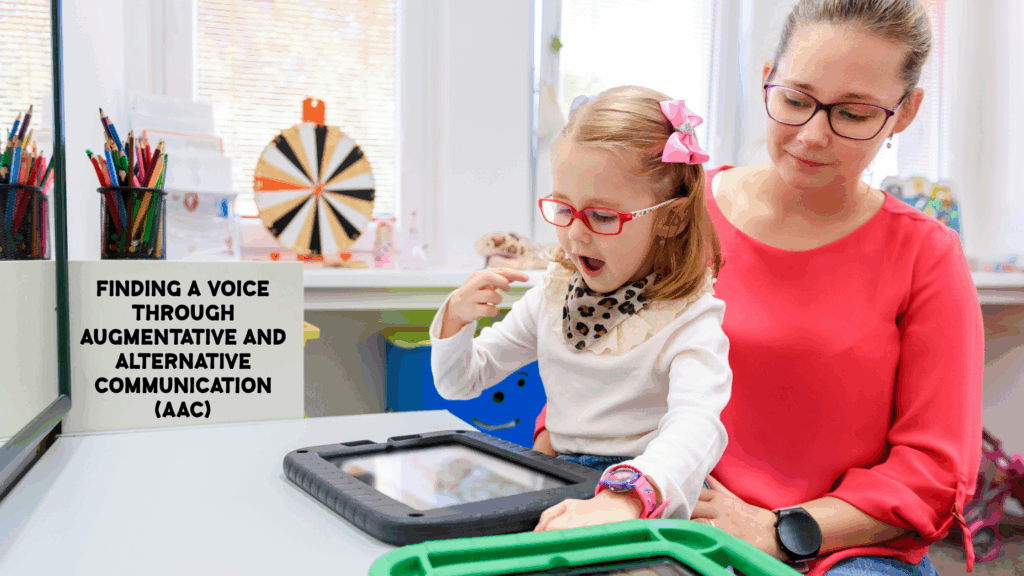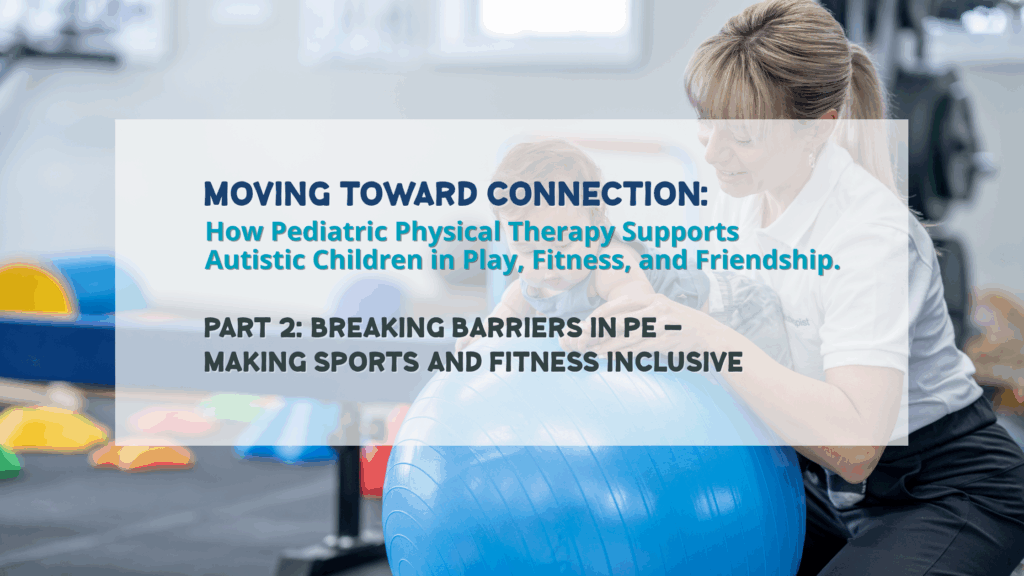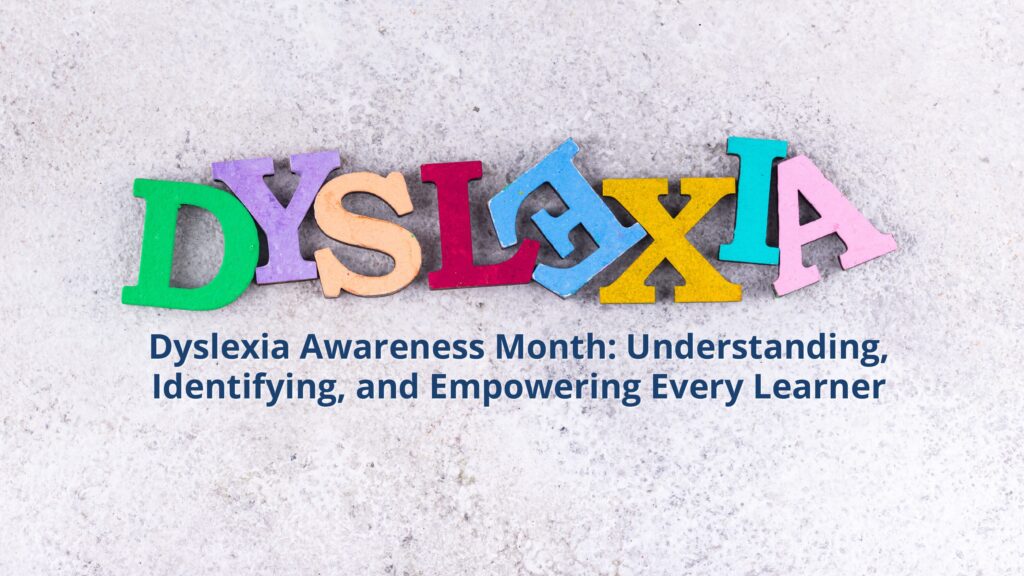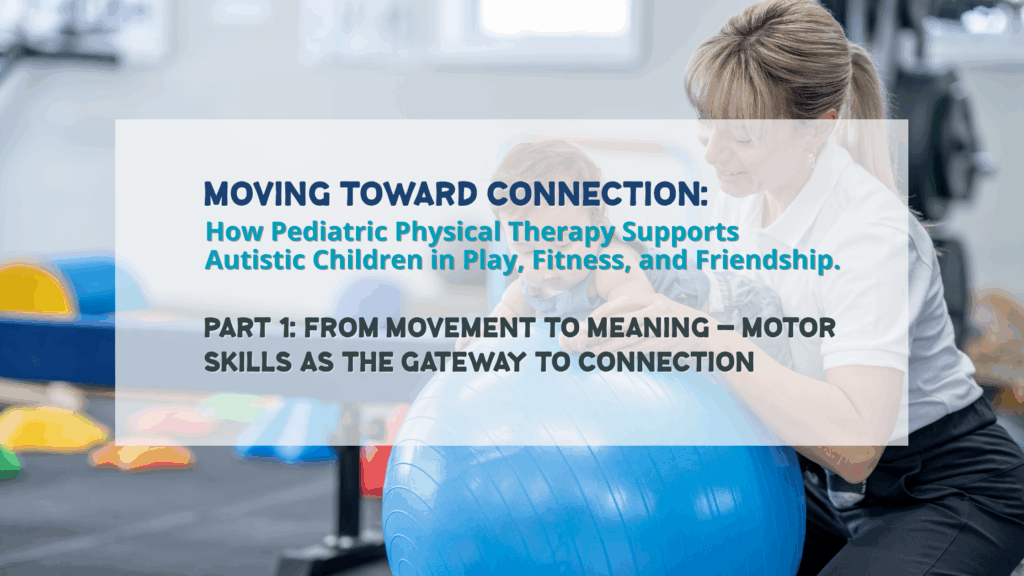By: Traci Bean, MA, CCC-SLP
The first few weeks of school are full of new routines, teachers, and expectations. This transition period is especially important for students with an Individualized Education Program (IEP). While last spring’s IEP meeting set the stage for your child’s supports, now is the time to make sure everything is working in practice.
Here are some ways parents can proactively check in and keep their child’s IEP on track as the school year gets underway:
1. Touch Base with Teachers and Service Providers
By now, your child’s teachers and therapists have had a chance to get to know them in the classroom. A quick email or short phone call can go a long way. Ask:
How is my child adjusting?
Have you noticed any early successes or concerns?
Are the IEP supports being implemented consistently?
Staying connected early helps build trust and prevents small issues from becoming larger challenges later in the year.
2. Revisit IEP Goals in Action
Pull out your child’s IEP and review the goals you reviewed at the last meeting. How are these goals showing up in day-to-day learning? Confirm that progress monitoring has started and that services outlined in the plan are being delivered. If something seems unclear, don’t hesitate to ask for updates or examples of how progress is tracked.
3. Share New Insights and Updates
Children grow and change quickly. Maybe your child picked up new skills over the summer, or perhaps you’ve noticed new behaviors or medical updates that affect learning. Share this information with the IEP team so the plan reflects your child’s current needs. If adjustments are necessary, you can request a team meeting at any time — you don’t have to wait until the annual review.
4. Keep Communication Flowing
Every family finds a rhythm that works best for them. Some use a communication notebook that travels between school and home, while others set up a weekly email check-in. Establishing a consistent system helps everyone stay on the same page and keeps parents informed about progress and challenges.
5. Involve Your Child’s Voice
Even young students can share how they feel about school, therapy sessions, or goals. Ask your child:
What do you enjoy most about your day?
What feels hard?
Is there something you wish were different?
Their perspective not only provides valuable insight for the team but also helps your child build self-advocacy skills over time.
Final Thoughts
An IEP isn’t a one-time event — it’s a living document that grows with your child. By checking in early and often, you can ensure the plan is truly meeting your child’s needs. At Total Education Solutions (TES), we believe strong collaboration between families and schools is the key to helping every student thrive.
Taking time now to review, connect, and adjust sets the stage for a smoother school year — and keeps your child’s IEP on track for success.
If you’d like additional support or resources, please contact Total Education Solutions at (877) TES-IDEA or visit us at www.TESIDEA.com. We’re here to help you and your child succeed.

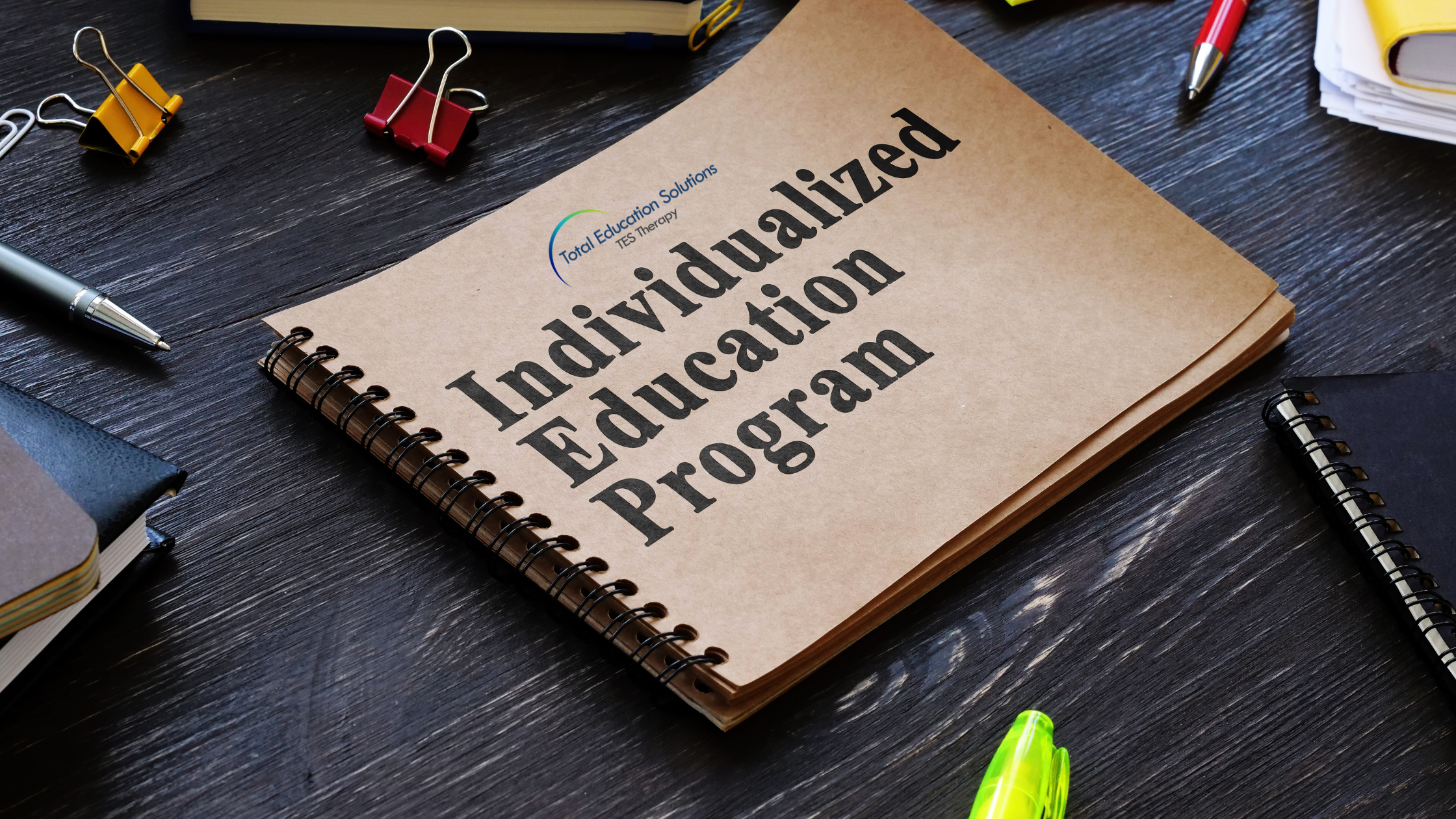
 11 Sep 2025
11 Sep 2025 